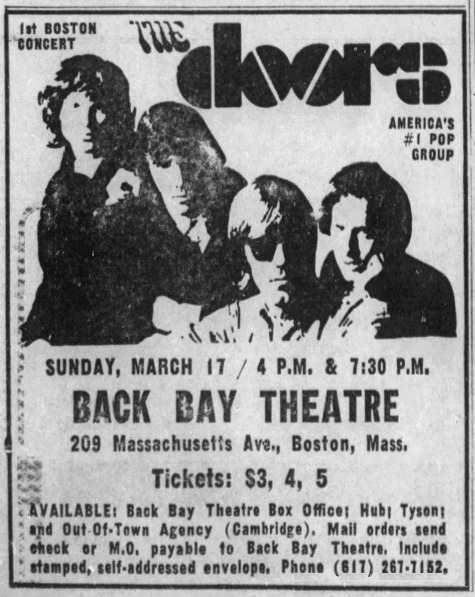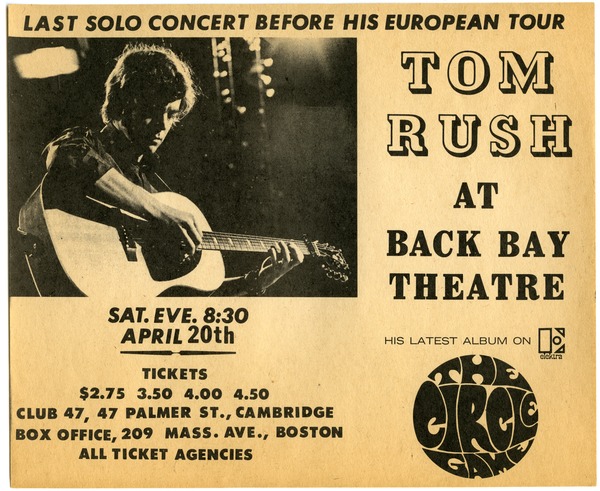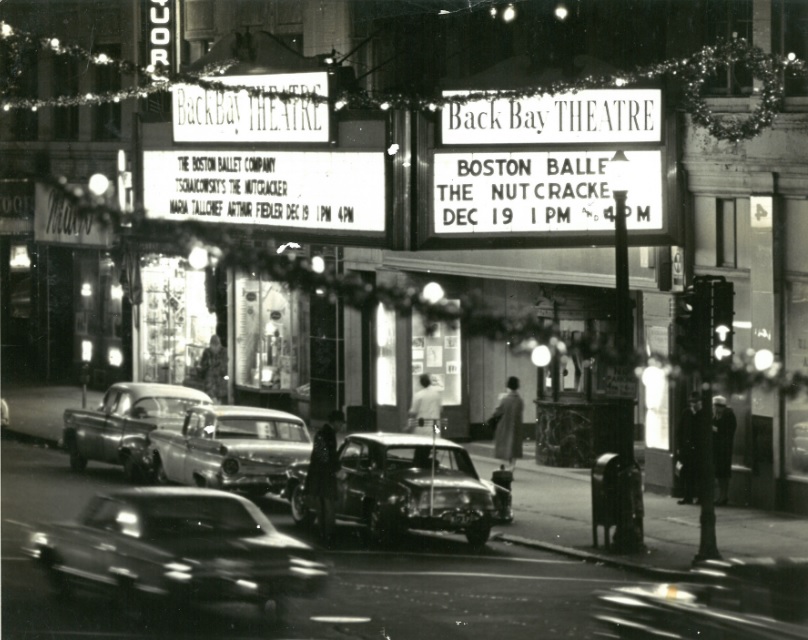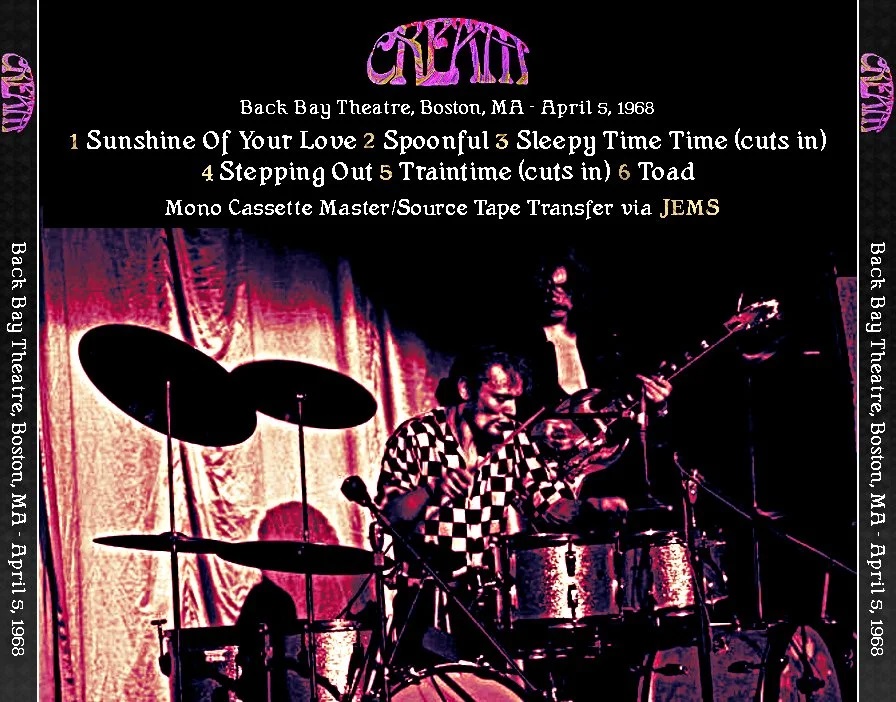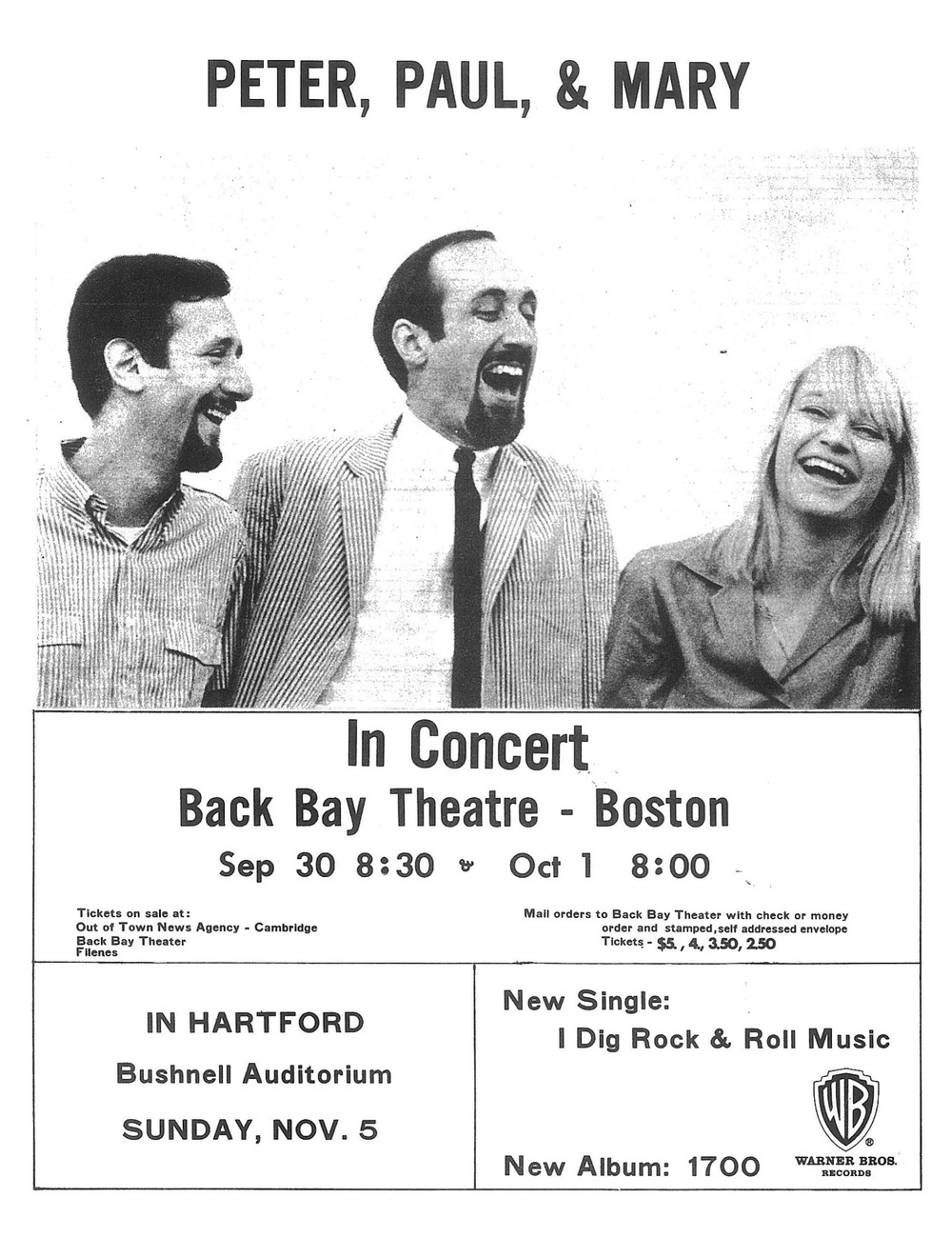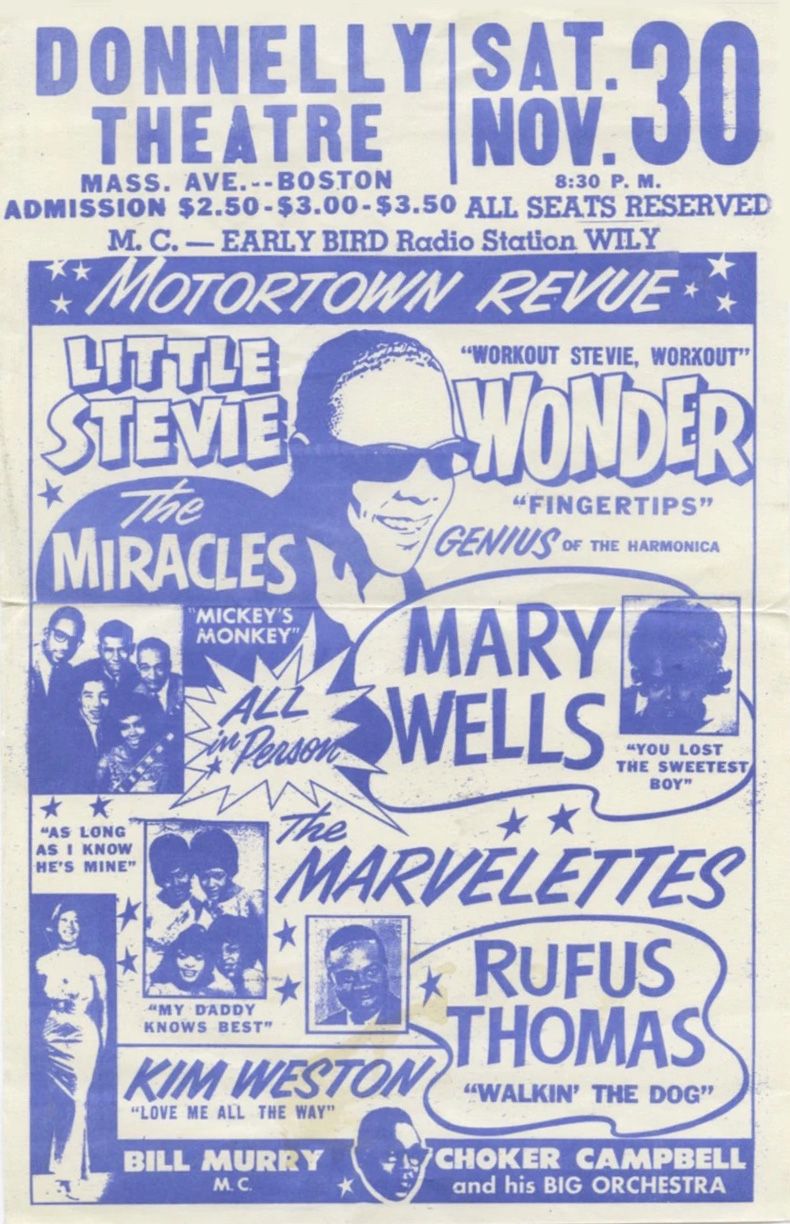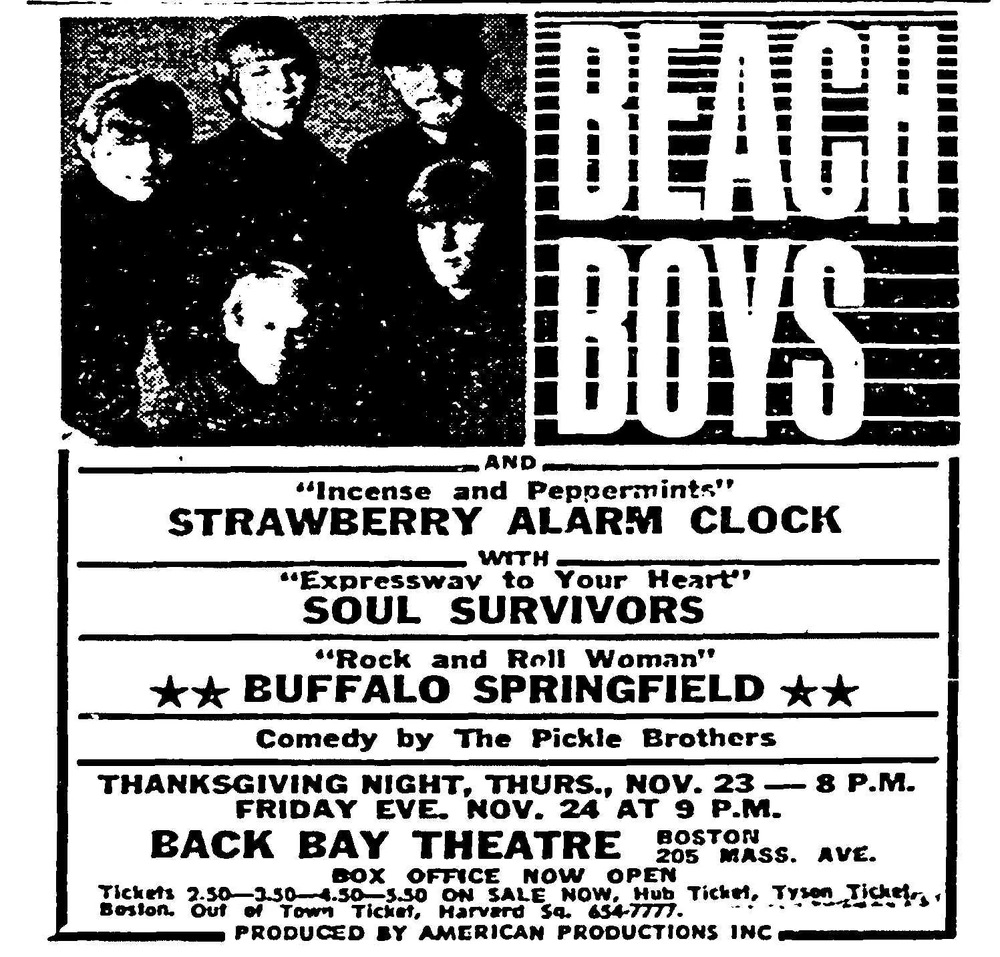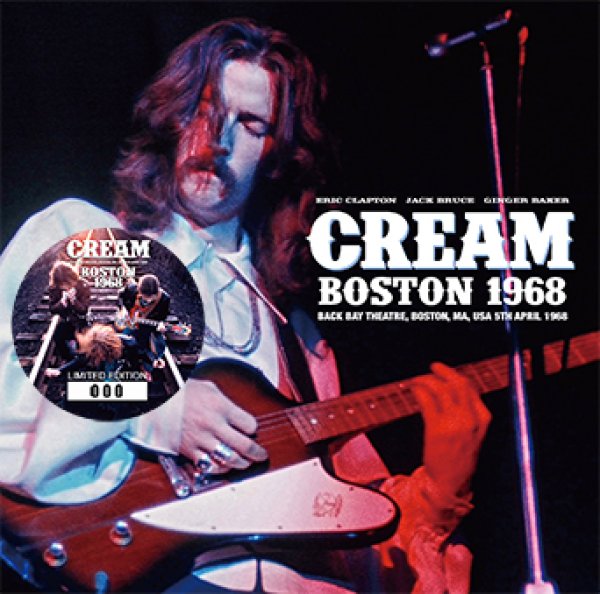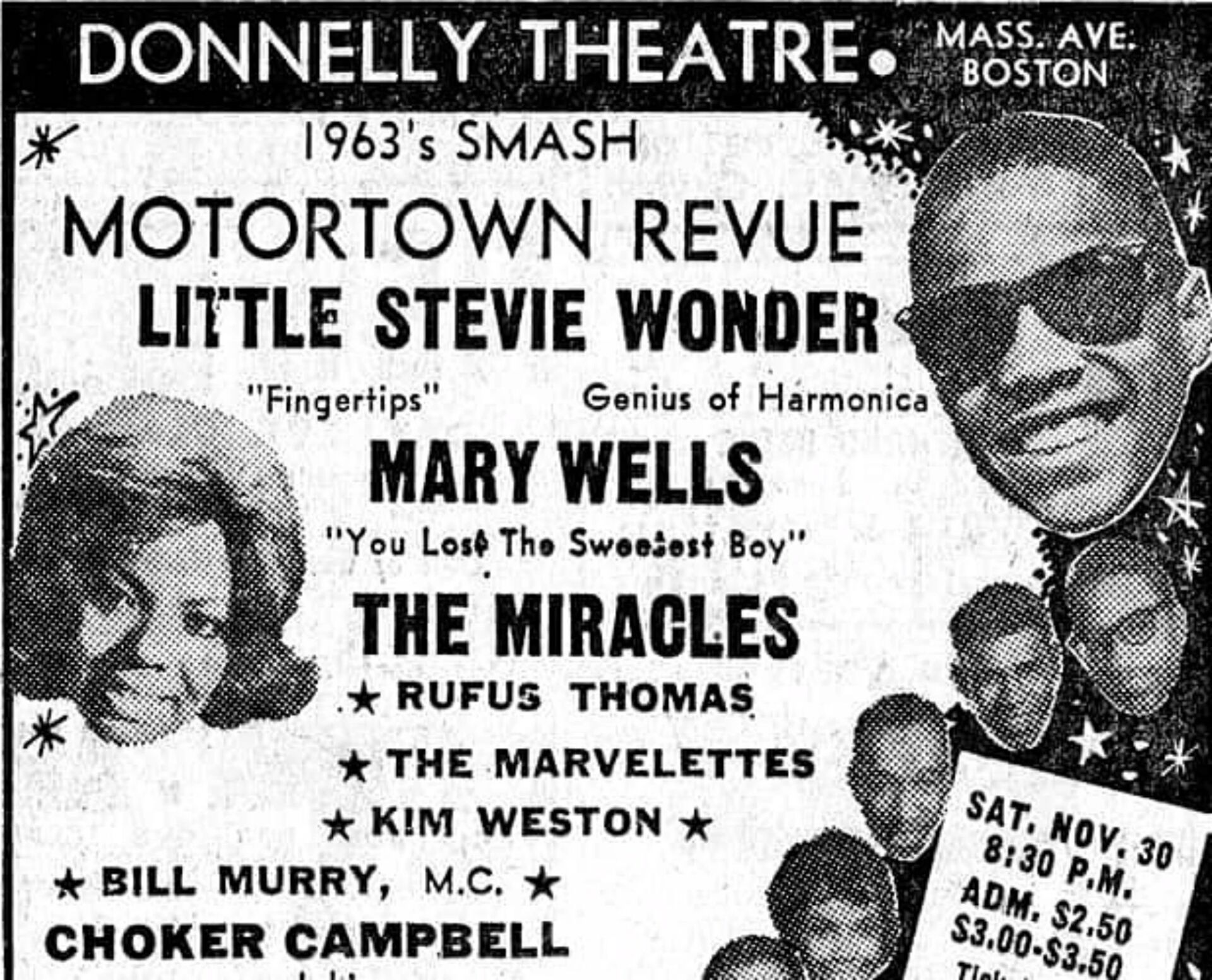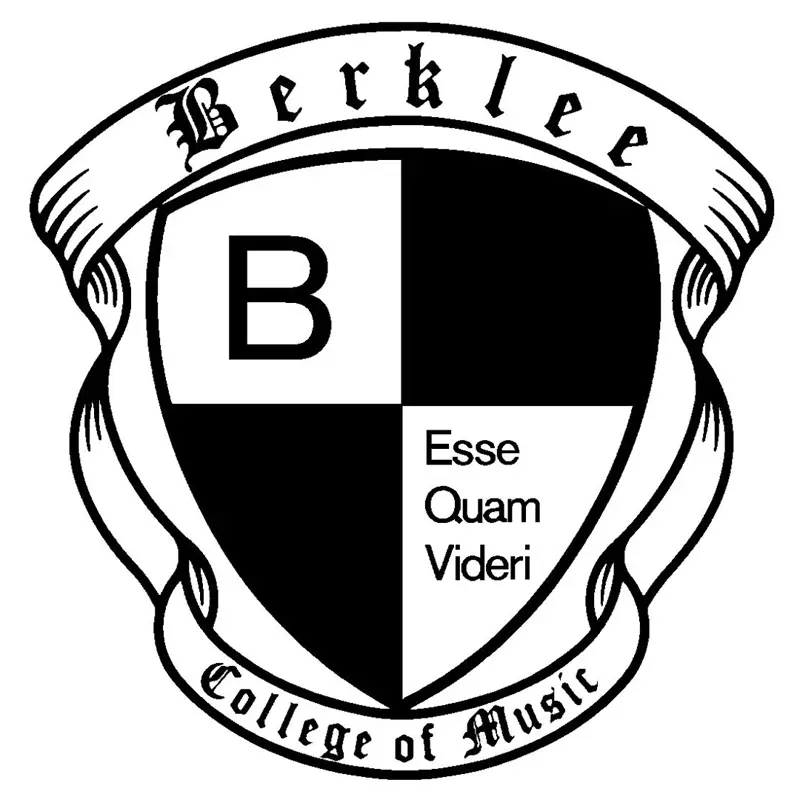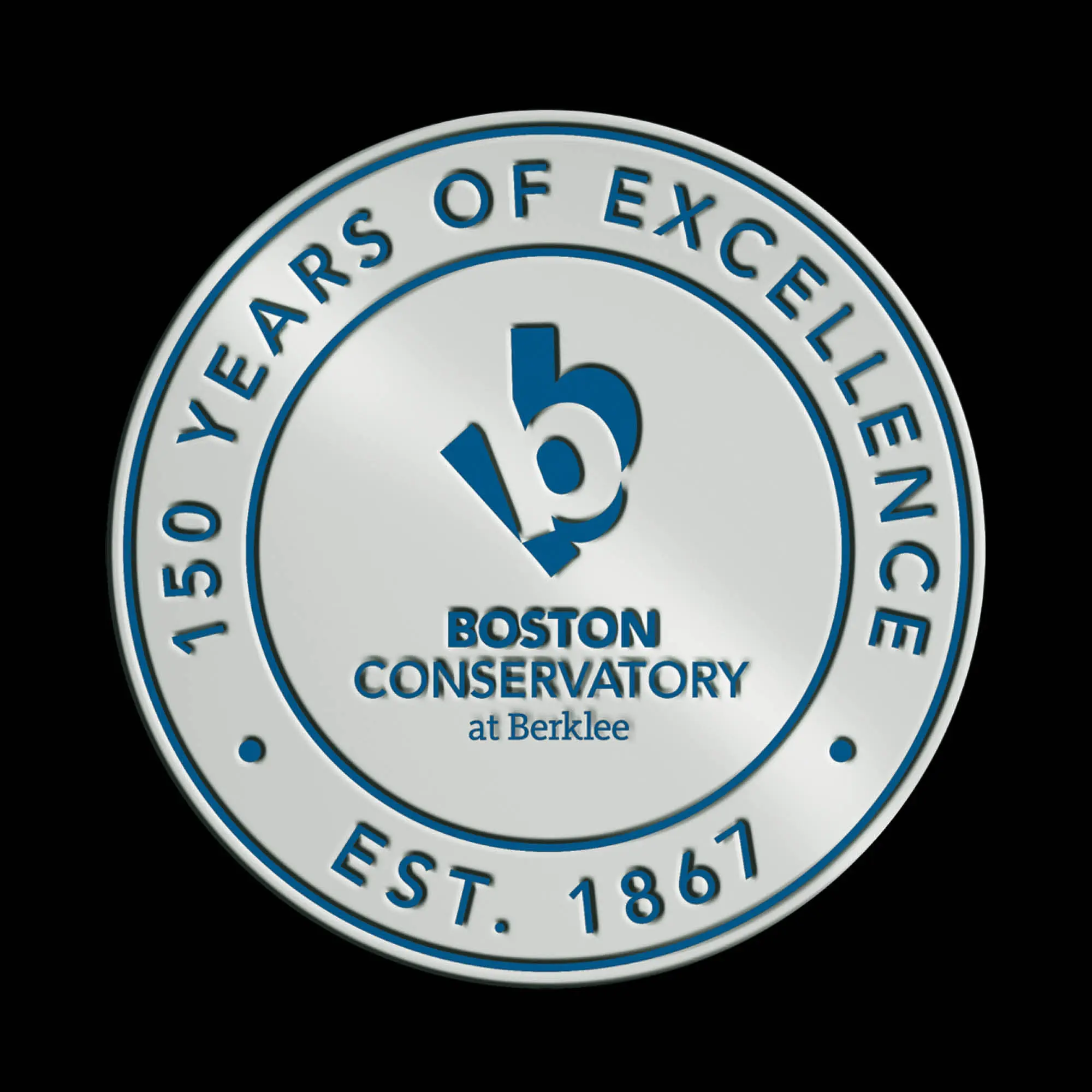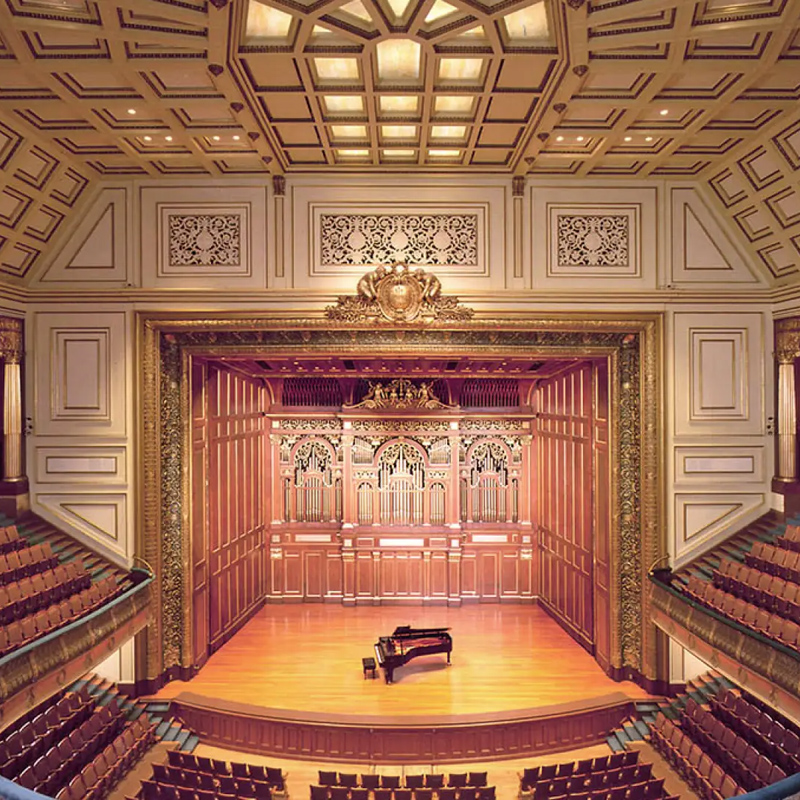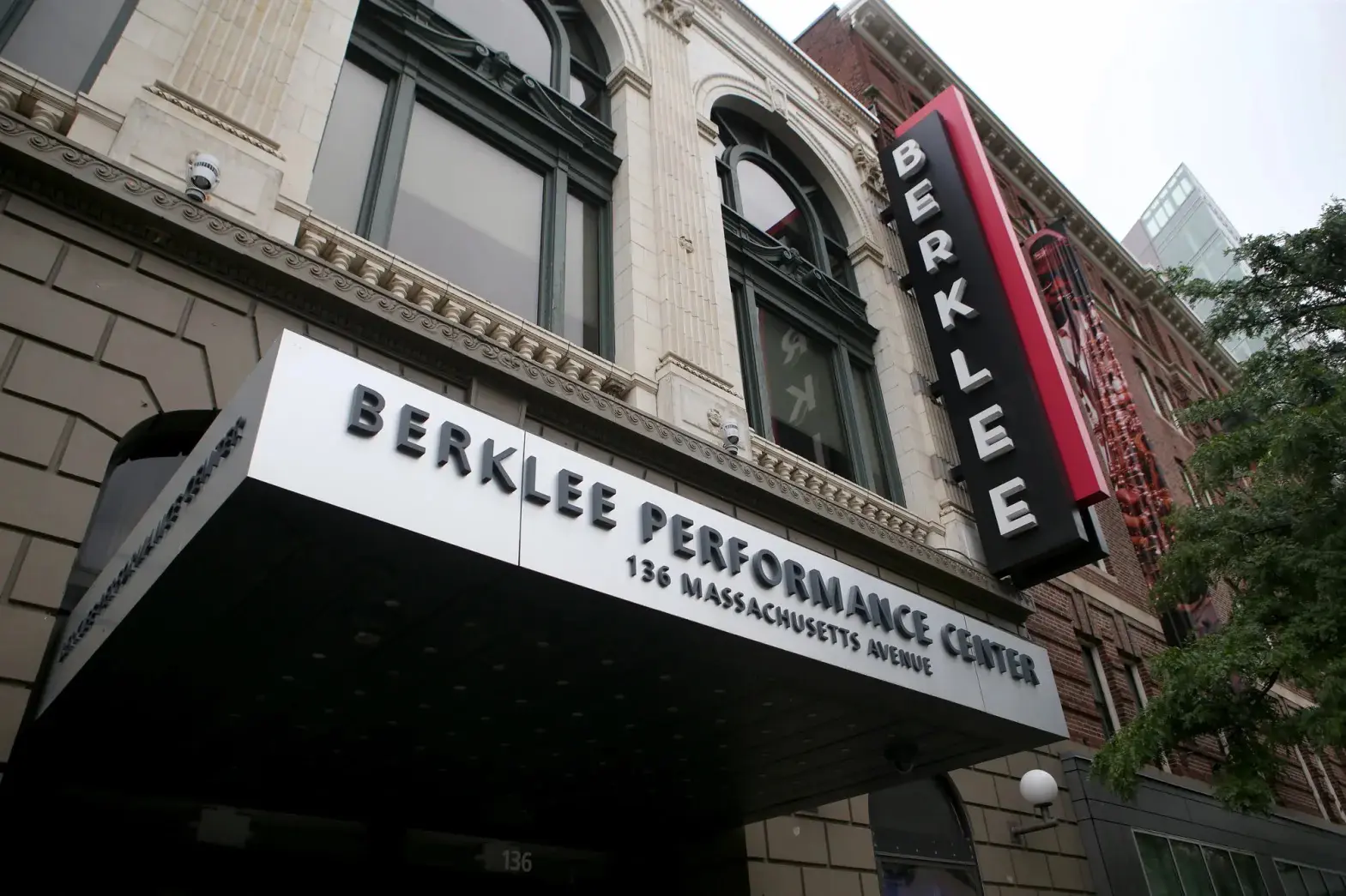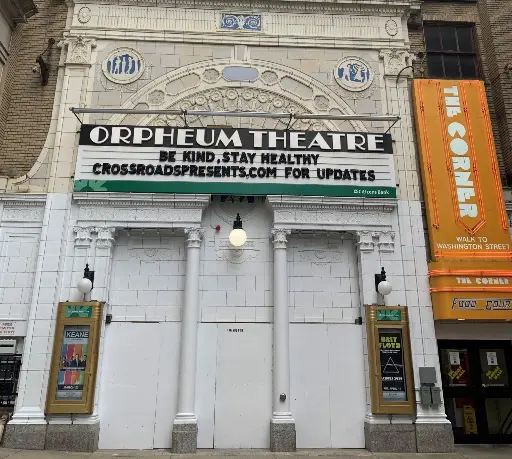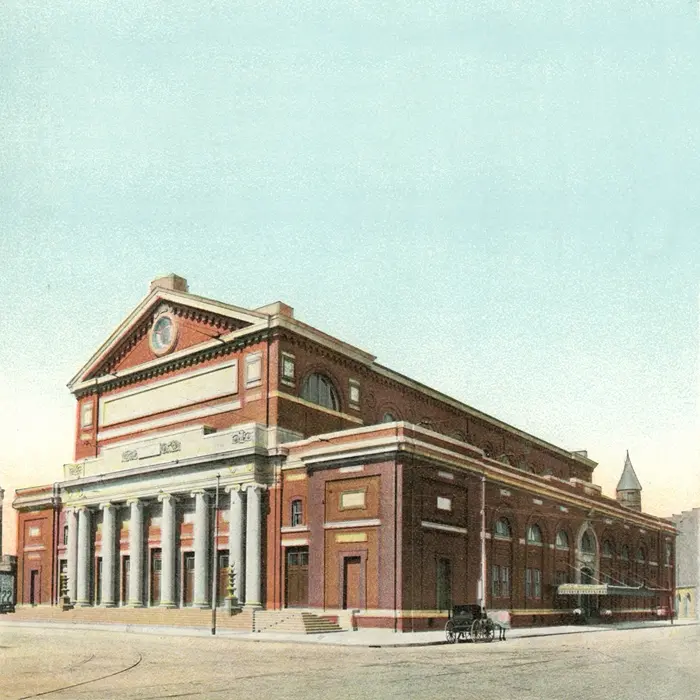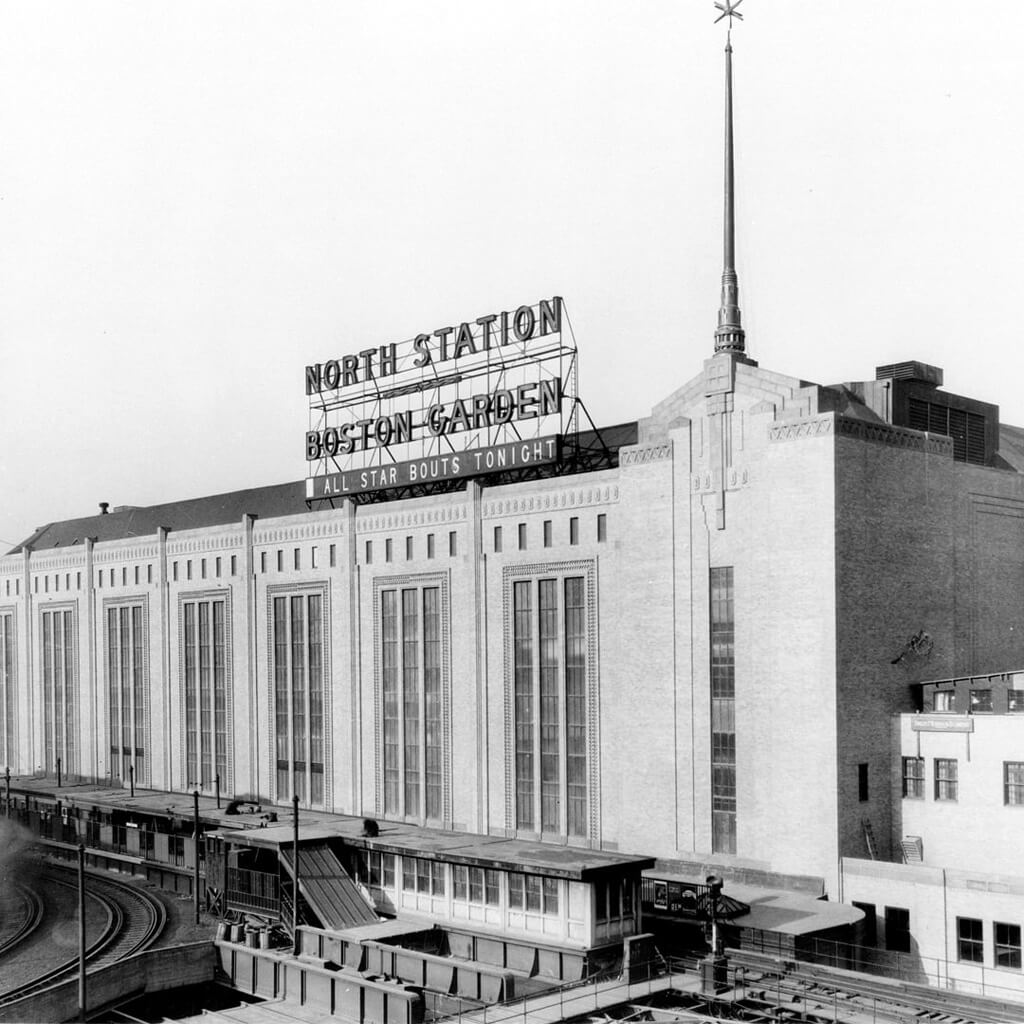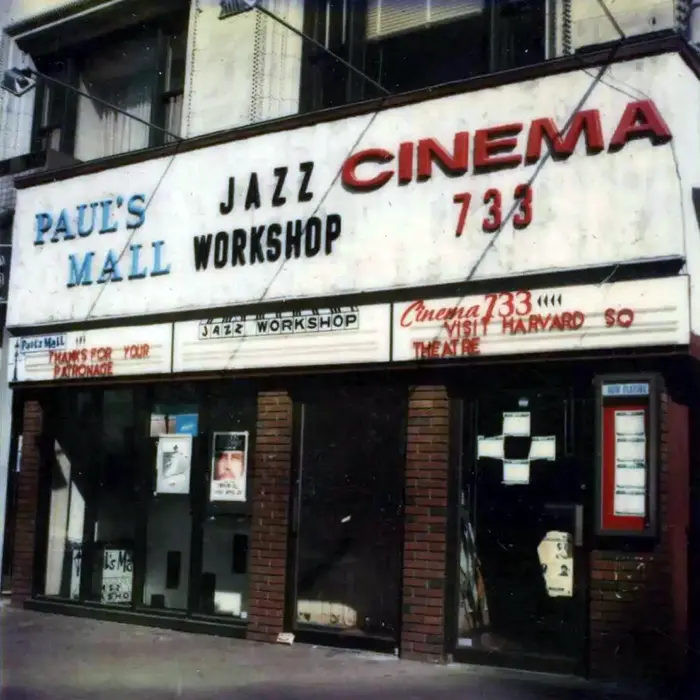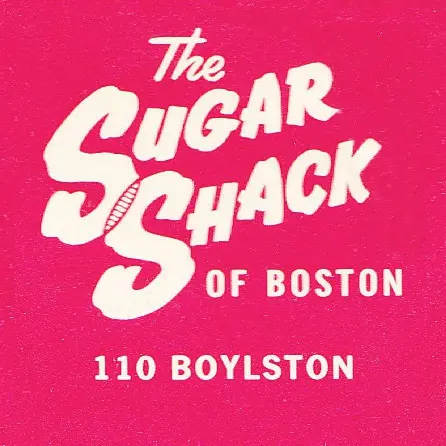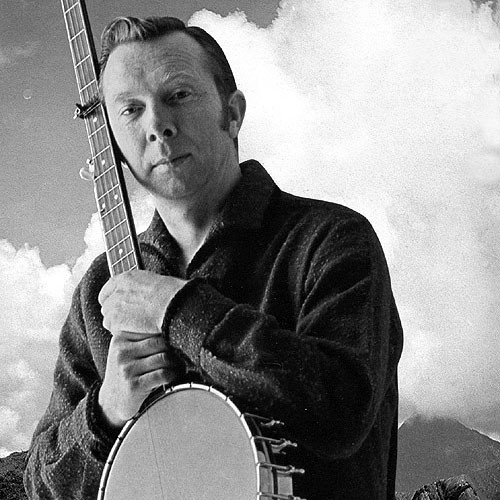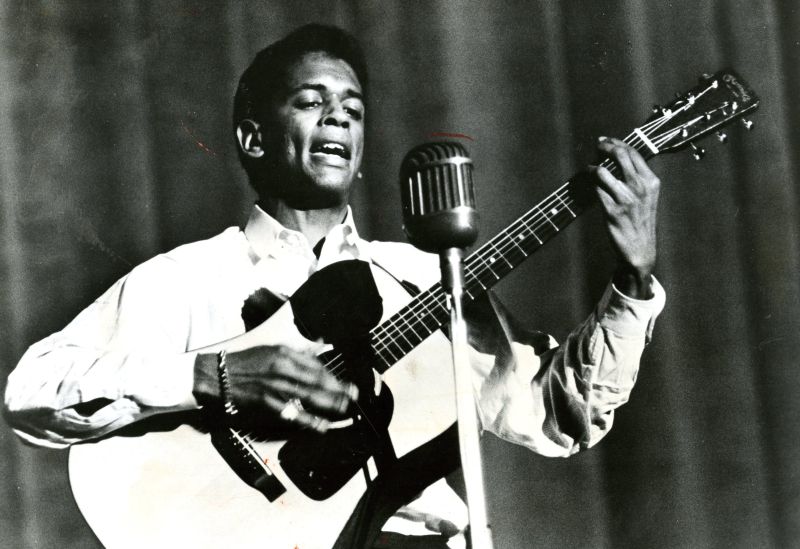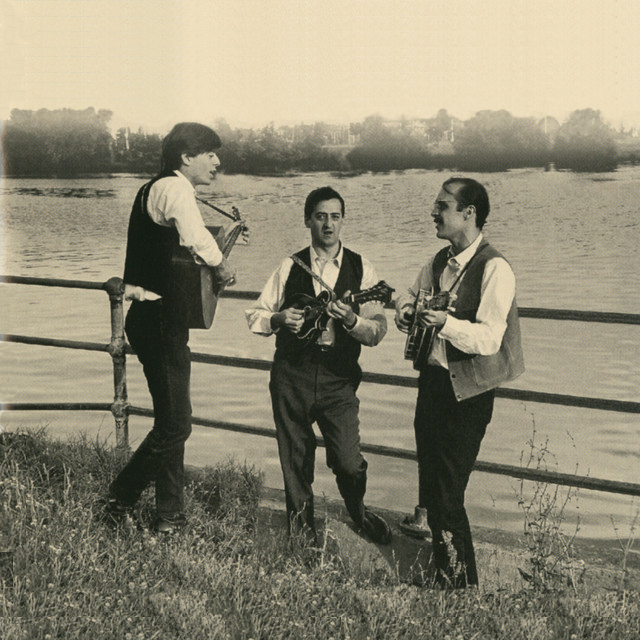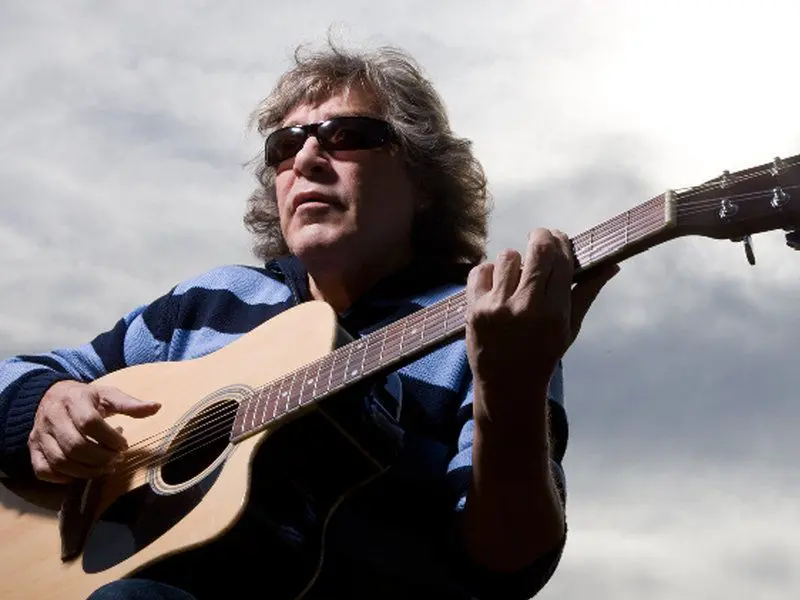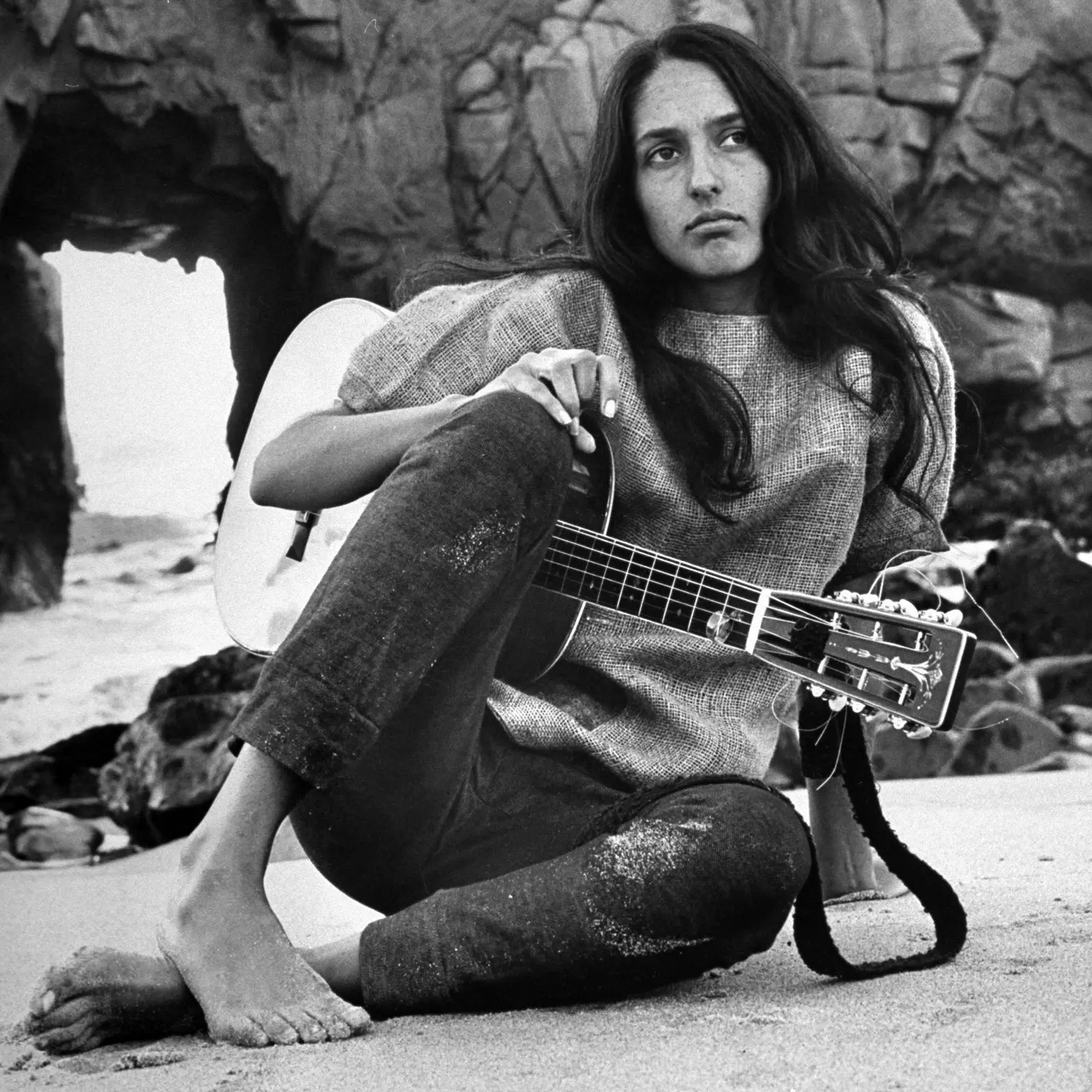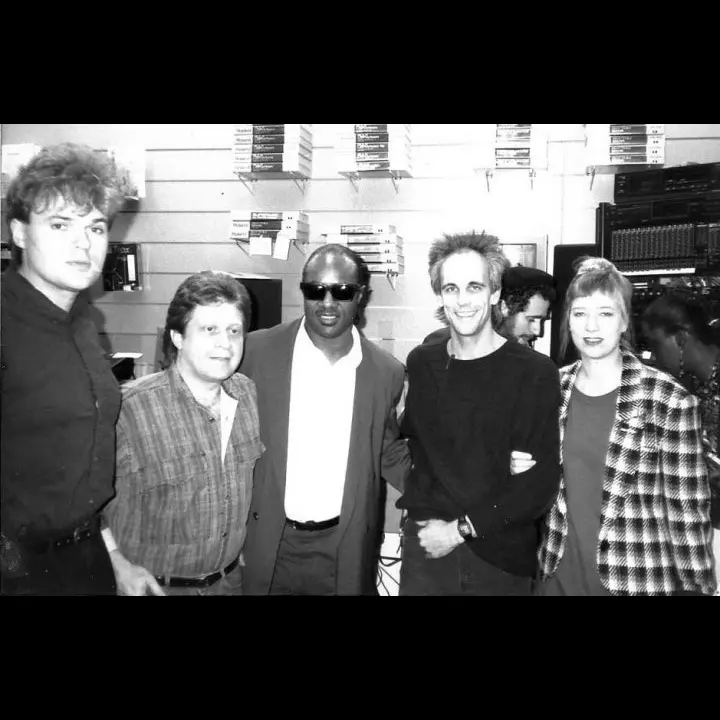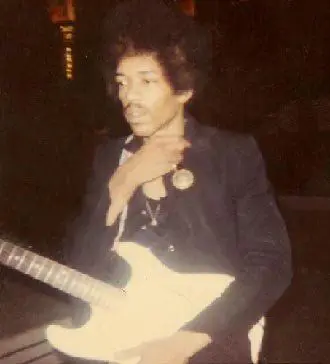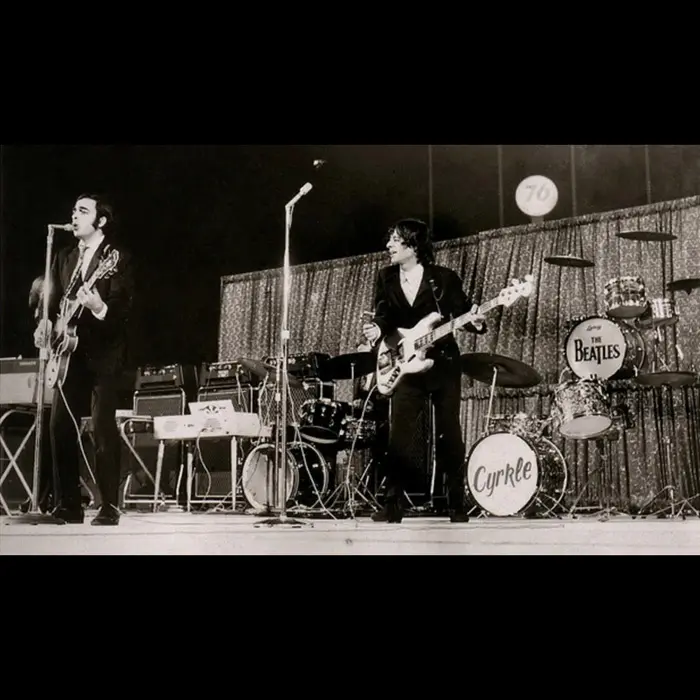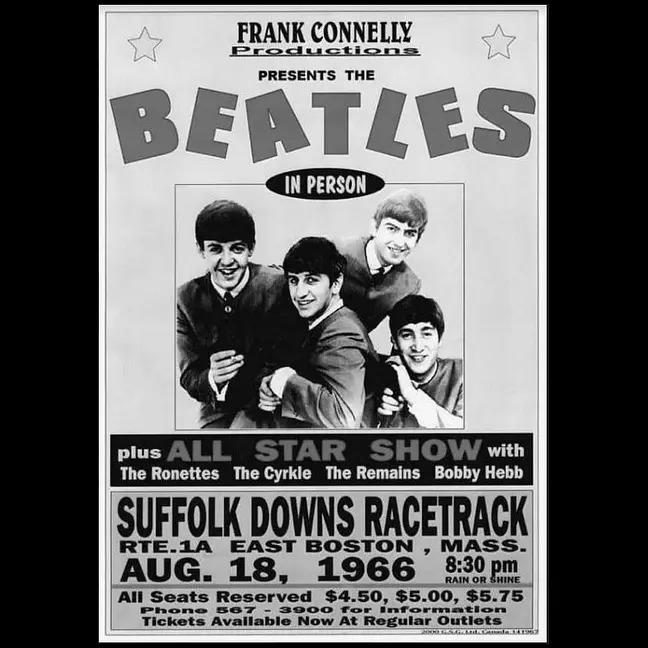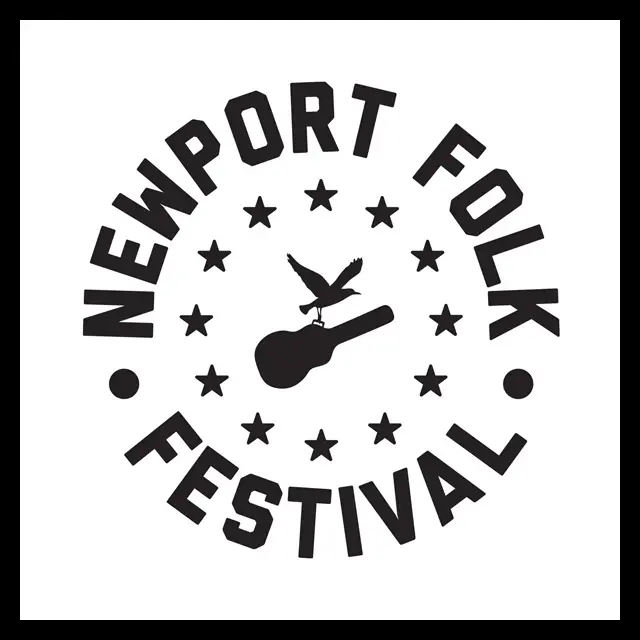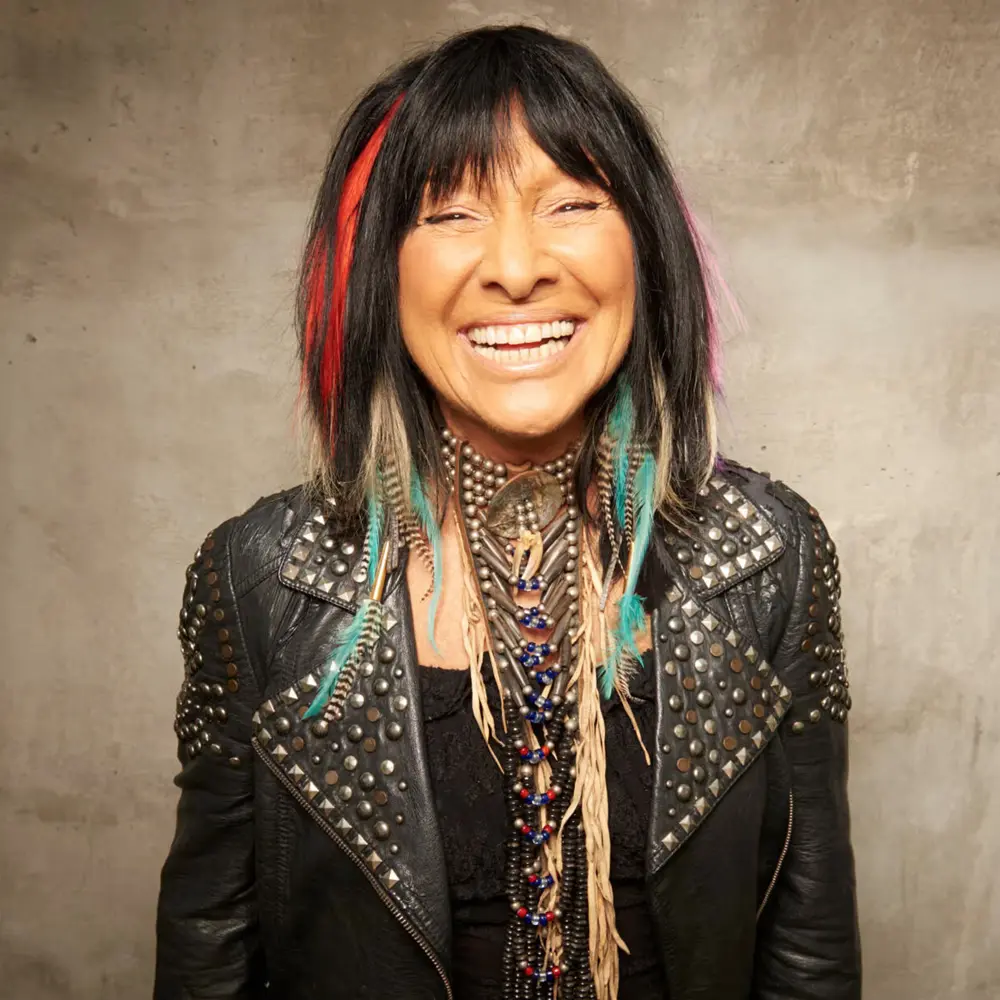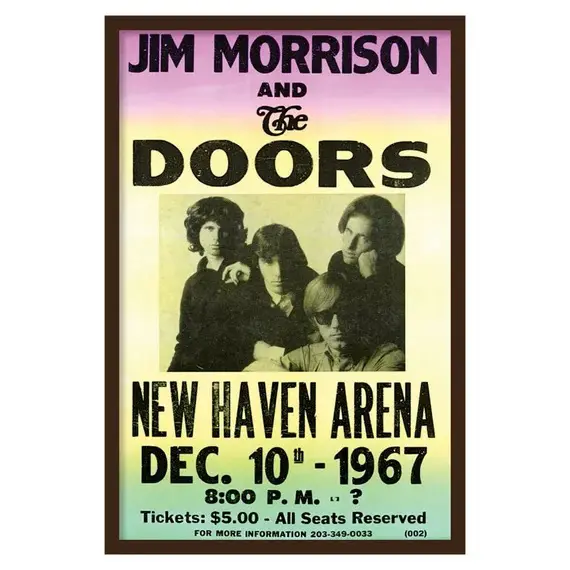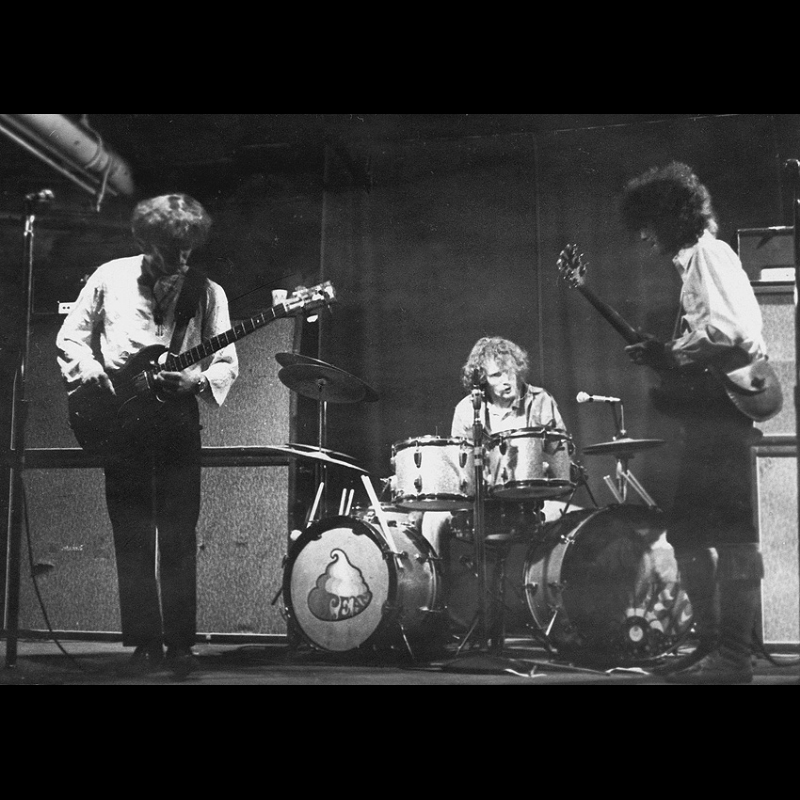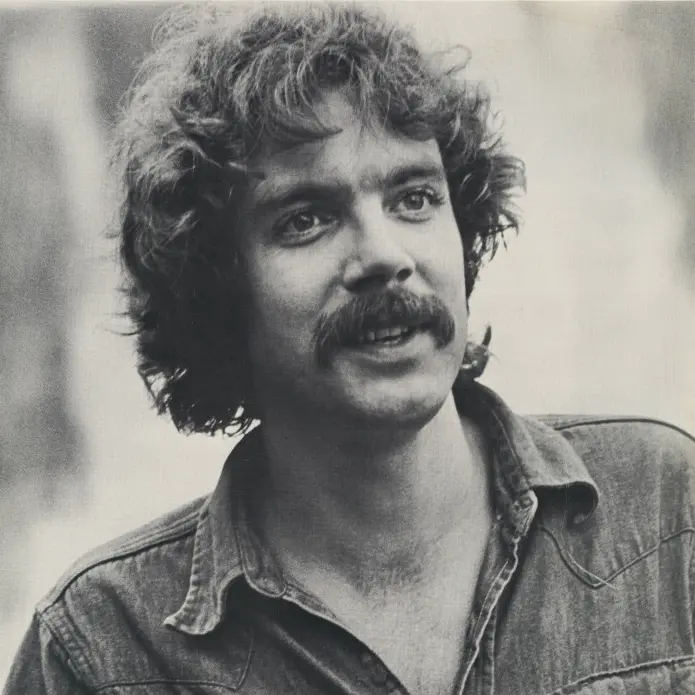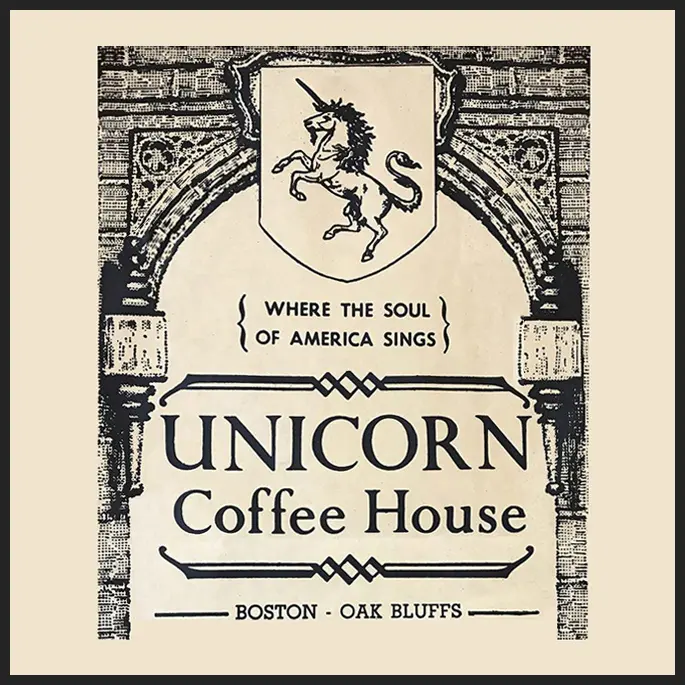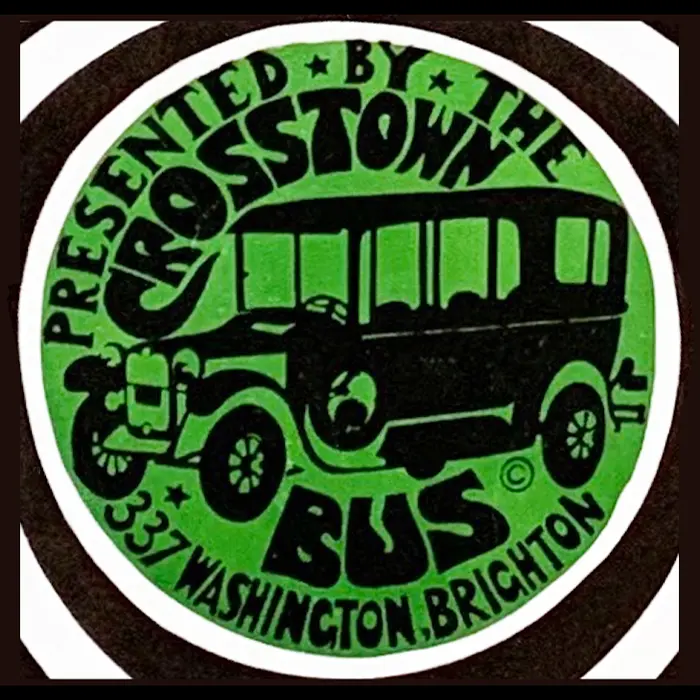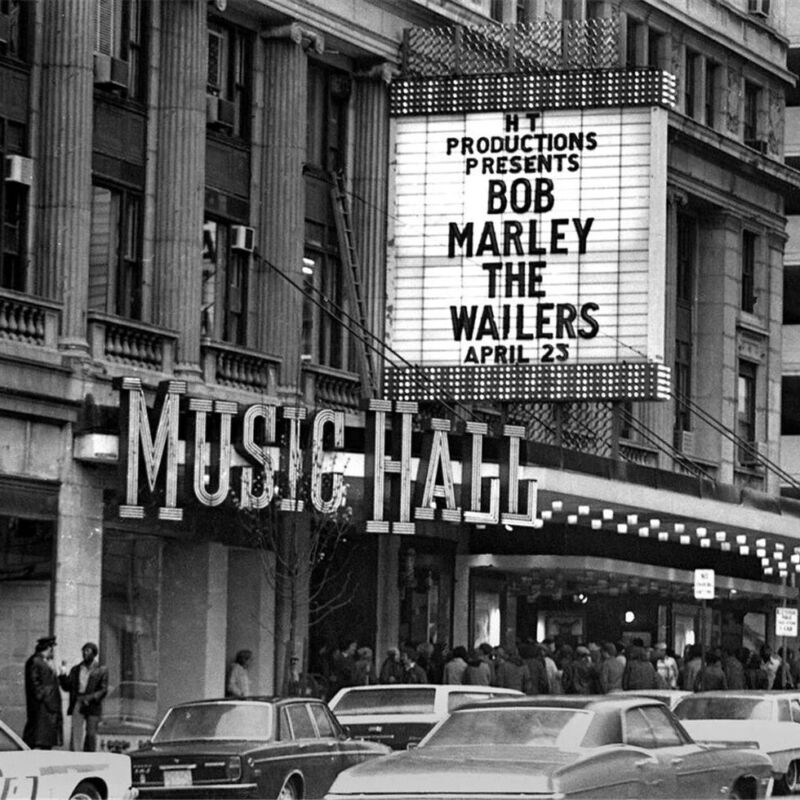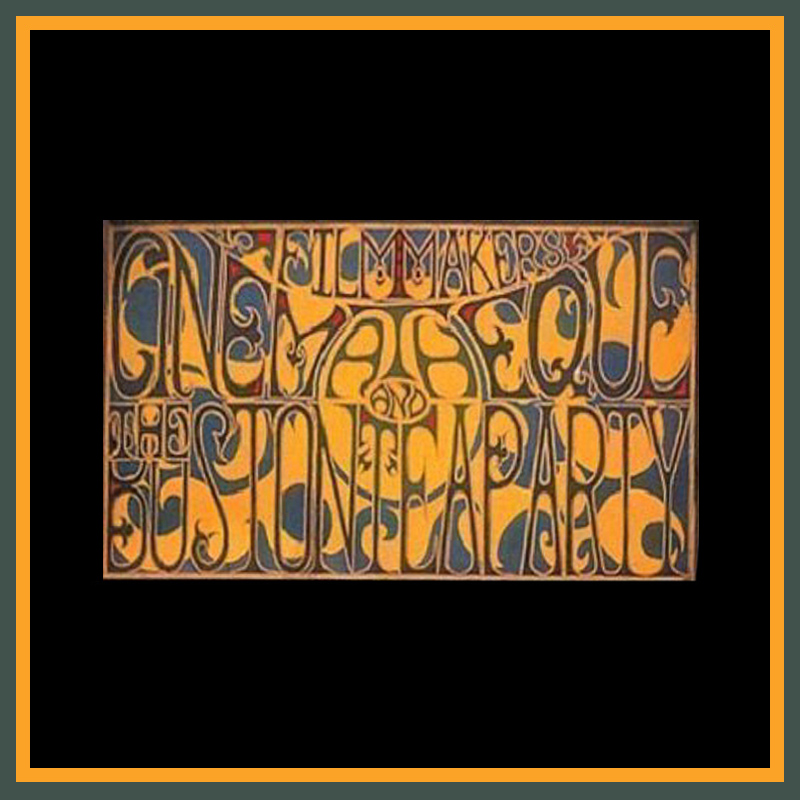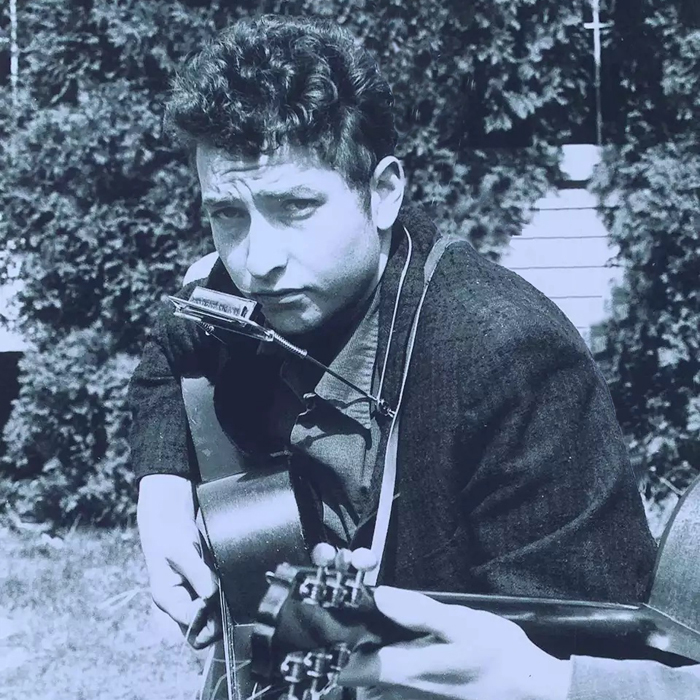Back Bay Theatre
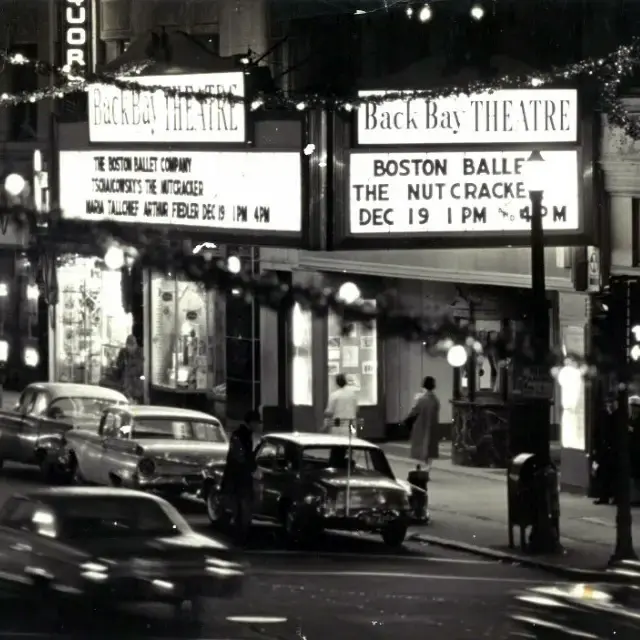
Boston’s Back Bay is widely known as the location of impeccably preserved Victorian brownstones, the Boston Public Library, the John Hancock Tower, uber-chic shops along Newbury and Boylston Streets and upscale malls like those at Copley Place and in the Prudential Center. For musicians and music lovers, though, it’s a music mecca first and foremost since it’s home to three internationally acclaimed music schools – Berklee College of Music, Boston Conservatory at Berklee and New England Conservatory – and the Berklee Performance Center.
Given the neighborhood’s decidedly musical vibe, it’s hardly a shock that in the 1960s it included a 3,700-seat venue that presented some of the world’s most iconic performers across a swath of musical genres, from folk, jazz, gospel and pop to blues, soul, country and rock: the Back Bay Theatre. The building’s been gone for nearly 60 years, but memories of the shows held inside the space at 205 Massachusetts Avenue are permanently etched in the minds of countless New Englanders of a certain age.
LOEW’S STATE THEATRE
The building later known as the Back Bay Theatre opened on March 13, 1922 as Loew’s State Theatre, a so-called “movie palace.” It was owned by Marcus Loew, who also owned Boston’s Orpheum Theatre, and designed by Scottish-born American architect Thomas William Lamb, one of the era’s foremost designers of theatres and cinemas who also designed the B.F. Keith Memorial Theatre in Boston, which became the Boston Opera House (now Citizens Bank Opera House). On opening night, the silent features were The Cradle starring Ethel Clayton and The Champion starring Wallace Beery.
For the next 37 years, “Loew’s State,” as it was commonly known, was among the most luxurious film venues anywhere in the Northeast, with plush velvet seats in the orchestra and balcony sections, opera-type box seats available for a premium, a 54-foot wide proscenium with the finest red drapes and a ladies room that featured swanky chairs and sofas and gigantic mirrors. Replete with chandeliers and carpeted in an Asiatic theme, the theatre included a Wurlitzer 3-manual, 13-ranks pipe organ.
DONNELLY MEMORIAL THEATRE, NOTABLE APPEARANCES
In September 1959, the Archdiocese of Boston took ownership of Loew’s State and Richard Cardinal Cushing renamed it the Donnelly Memorial Theater. He did so in honor of advertising executive Edward Calvin Donnelly, Sr., and his wife, a Back Bay couple whose work with and substantial contributions to the Catholic Church (specifically Cathedral of the Holy Cross in the South End) had spanned some five decades.
The archdiocese converted the venue into a space for concerts and other live events, including but not limited to those by church-affiliated organizations like the Boy Scouts of America. By the end of 1963, in part because the 3,700-seat theatre was significantly larger than any other music venue in the city besides Boston Garden, it had become the primary mid-sized performance spot for popular acts coming through Boston and had established itself as the uniquely multigenred showcase that it remained until mid-1968. Symphony Hall, with 2,625 seats, hosted a number of famous folk, R&B and jazz artists in the ‘60s but nothing approaching the variety of talent that the Donnelly Memorial (and later the Back Bay Theatre) presented. The Jazz Workshop, Paul’s Mall and Sugar Shack opened in 1965 and became major elements of Boston’s music scene – the Workshop and the Mall presenting acts from across the musical spectrum and Sugar Shack drawing the biggest names in R&B, soul and funk – but, with fewer than 300 seats each, held a fraction of the Back Bay Theatre’s capacity.
In 1960, among the first famous acts to appear at the Donnelly Memorial were bandleaders Count Basie and Stan Kenton and their orchestras. In 1961, the roster began to expand from jazz with shows by pop superstar Johnny Mathis and folk darlings The Kingston Trio, and the concentration on folk continued into 1962, the height of the folk revival, with performances by Peter, Paul and Mary, The Clancy Brothers and Tommy Makem and native Bostonian Jackie Washington. Other acts in ‘62 included local bluegrass favorites The Charles River Valley Boys, jazz/gospel singer Della Reese, bluesman Josh White Jr. and Ray Charles, whose rendition of “I Can’t Stop Loving You” hit #1 in the Billboard Hot 100, the Billboard Hot R&B Sides chart and UK Singles chart that year.
In 1963, living legends Nat King Cole, Mahalia Jackson and Harry Belafonte took to the Donnelly Memorial stage, as did 22-year-old folk sensation Joan Baez and 18-year-old José Feliciano, who’d signed with RCA Victor that year but hadn’t yet cut any singles, let alone an album. In November, three months after his debut single “Fingertips – Part 2” went to #1 in the Billboard Hot 100 and the Billboard Hot R&B Sides chart, 13-year-old Stevie Wonder appeared, billed as “Little Stevie Wonder” (as he was on all official recordings and promo material until 1964, per his Tamla-Motown contract).
BACK BAY THEATRE, NOTABLE APPEARANCES
In January 1964, the a month before The Beatles debuted on The Ed Sullivan Show, the archdiocese changed the venue’s name to the Back Bay Theatre. Acts appearing that year included folk singer-songwriters Pete Seeger and Josh White, gospel/soul greats The Staple Singers and The Blind Boys of Alabama and jazz trumpeter-bandleader Maynard Ferguson. In January 1965, Ella Fitzgerald made her debut and at the end of October – three months after simultaneously stunning and enraging the folk community by “going electric” at the Newport Folk Festival – Bob Dylan did the same, playing two nights. The Kingston Trio, The Clancy Brothers and Tommy Makem, Peter Paul and Mary and Ray Charles made repeat performances in 1965 and country stars Eddy Arnold, Connie Smith and Sonny James appeared at the Back Bay for the first time, as did Little Richard (backed by a band that included a then-unknown Jimi Hendrix).
In 1966, the theatre presented a folk-heavy roster that included Phil Ochs, Tom Paxton, Peter Seeger, Barbara Dane, Judy Collins, Earl Robinson, The New Lost City Ramblers and Buffy Sainte-Marie, but Delta bluesmen Son House and Skip James also performed, as did Herb Alpert & The Tijuana Brass. Other acts included The Righteous Brothers, singer-songwriter-satirist Tom Lehrer and singer-actor Charles Aznavour. In April 1967, Simon & Garfunkel appeared at the Back Bay (six months after their LP Parsley, Sage, Rosemary and Thyme hit #4 in the Billboard Pop Albums chart) and The Beach Boys and Tommy James & The Shondells performed on a double bill with folk duo Jim and Jen and pop quintet The Buckinghams as openers; The Beach Boys returned in November with openers Buffalo Springfield, The Soul Survivors and Strawberry Alarm Clock. Among the other artists who appeared at the Back Bay in 1967 were Donovan, Jefferson Airplane, Ravi Shankar, Janis Ian and underground rockers The Fugs.
For the first five months of 1968, the theatre continued to host folk singer-songwriters including Tom Rush, but it also presented four rock groups that were at the peak of their fame: The Lovin’ Spoonful, Cream, The Rascals and The Doors. When The Doors performed in March (with Linda Ronstadt & The Stone Poneys opening), it was falsely promoted as their “first Boston concert”; while it was by far the largest Boston venue they’d played, the band appeared at the Unicorn Coffee House on Boylston Street and The Crosstown Bus in the city’s Brighton neighborhood in the summer of 1967.
FINAL CONCERTS, CLOSING
The last concert held at the Back Bay Theatre was by The Four Seasons on May 26, 1968. Internationally renowned actress-singer Judy Garland performed two nights before in what became her final Boston appearance; she died 13 months later at age 47. The building was demolished just days later but the American Theatre Organ Society, a nonprofit dedicated to preserving theatre pipe organs and promoting pipe-organ music, saved the venue’s 1920s-era Wurlitzer pipe organ from destruction.
With the venue’s shuttering, The Boston Tea Party became the city’s top mid-sized venue for rock, roots, blues and R&B until closing in December 1970. In August 1968, the 4,400-seat Music Hall transformed from a movie theatre into a concert venue and began hosting rock, folk, roots, pop, R&B, blues, soul and reggae acts; following the Tea Party’s demise, it became Boston’s premier mid-sized venue for such artists until closing in 1980. By then, The Jazz Workshop, Paul’s Mall and Sugar Shack had closed, the 2,700-seat Orpheum Theatre was on its way to becoming Boston’s leading mid-sized rock/pop venue, Symphony Hall had significantly expanded its non-symphonic offerings and the 1,227-seat Berklee Performance Center was a bastion of practically every musical genre known to man.
(by D.S. Monahan)

